The proper functioning of conveyor idlers is crucial for the smooth operation of a conveyor system. Identifying and detecting faults in conveyor idlers is essential to prevent downtime, minimize maintenance costs, and ensure efficient material handling. In this article, we explore three effective methods for detecting conveyor idler faults and discuss their significance in maintaining a reliable conveyor system.
conveyor idler fault signal detection
2.1 Acoustic signal
Collect the sound signal during the operation of the conveyor idler through the sound sensor, save the collected sound signal to the system hardware, and analyze the data of the sound signal by reading and processing the program. The time-domain detection signal reflects the relationship of the sound signal with time. The time-domain characteristic parameters include root mean square, inverse peak value, positive peak value, peak-peak value, etc. The parameters can be distinguished intuitively. By setting thresholds according to time-domain characteristic parameters, it is possible to monitor whether conveyor idlers fail.
Frequency domain detection and analysis, through FFT peak spectrum and power spectral density, it can be observed that high-frequency sound signals caused by conveyor idler faults, and high-frequency sound signals in a certain area are concentrated and strong.
The time domain parameters collected in an experiment are shown in Table 1.
According to Table 1, when the conveyor idler fails, the time domain characteristic parameters all change significantly, which can be used to judge whether the conveyor idler is abnormal.
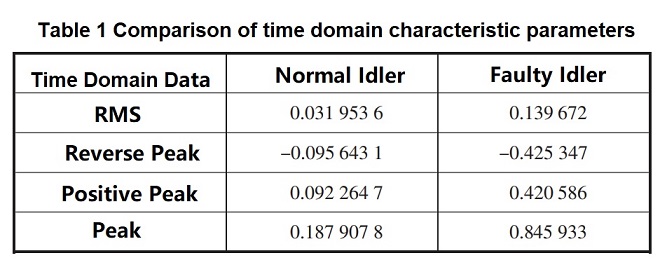
2.2 Temperature signal
Through the temperature sensor, the temperature of the conveyor idler and the temperature change of the conveyor belt around the conveyor idler are collected in real time.
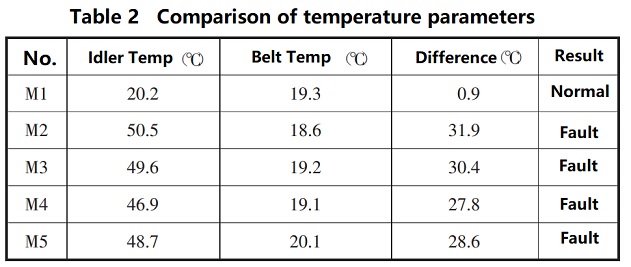
During the friction process between the idler conveyor idler and the conveyor belt, the heat generated by the friction is evenly distributed on the friction surface of the conveyor idler and the conveyor idler body, and the temperature difference is not large. However, when the conveyor idler is stuck, the conveyor idler does not rotate or rotates slowly, changing from rotational friction to sliding friction, the temperature of the conveyor idler rises, and stratification occurs between the surface temperature of the conveyor idler and the temperature of the conveyor belt in contact. Therefore, the difference between the temperature of the conveyor idler and the temperature of the surrounding conveyor belt can be used to judge whether the conveyor idler is faulty. The temperature parameters of the conveyor idler collected in an experiment are shown in table 2.
In addition, based on the ambient temperature of the conveyor belt, by collecting the temperature rise curve of the faulty conveyor idler over time, the temperature rise slope function is derived from the temperature rise curve, and the maximum temperature rise slope can also be used to identify whether the conveyor idler is faulty.
2.3 Image signal
Use the high-definition camera to collect the conveyor idler images of the round pipe belt conveyor along the conveyor inspection path, and intercept the effective idler area through the vertical and horizontal projection of the conveyor idler, so as to reduce the impact of the support, conveyor belt and background area on the conveyor idler Image interference. The image is filtered, denoised and fuzzy enhanced to remove noise caused by other factors, edge detection is used to segment the conveyor idler to retain the real edge of the conveyor idler, and the closed contour of the conveyor idler is obtained by morphological operations.
For the damaged or fractured image on the surface of the conveyor idler drum, sharpen the edge of the damaged area to make the edge of the damaged area clearer, so as to mark the minimum circumscribed matrix aspect ratio of the damaged area, the sum of pixels, and the area, according to the damaged area. The percentage of the total area of the idler conveyor idler is used to judge the fault degree of the conveyor idler. The fault image of the conveyor idler is shown in Table 2 Show.
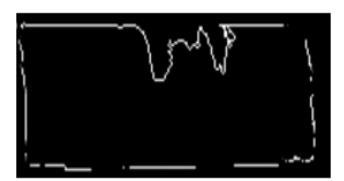
In conclusion, the three methods discussed in this article provide valuable insights into detecting and addressing conveyor idler faults. By these three ways, maintenance teams can proactively identify and resolve issues before they escalate, ensuring the smooth and uninterrupted operation of conveyor systems. Implementing these detection methods empowers businesses to optimize efficiency, reduce costs, and enhance overall productivity in their material handling processes.
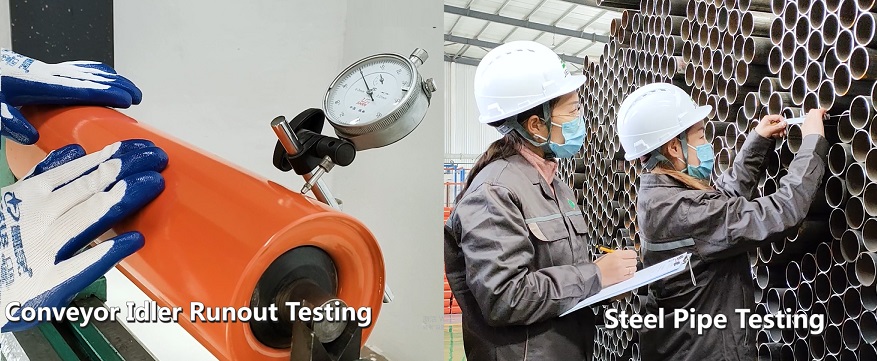
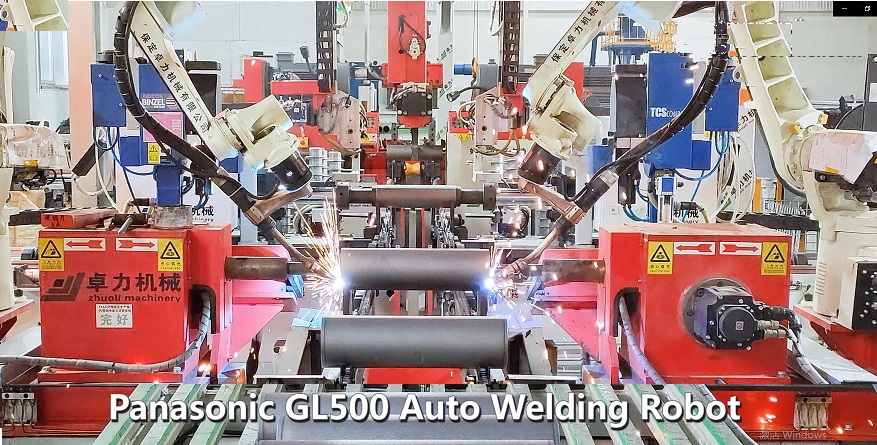
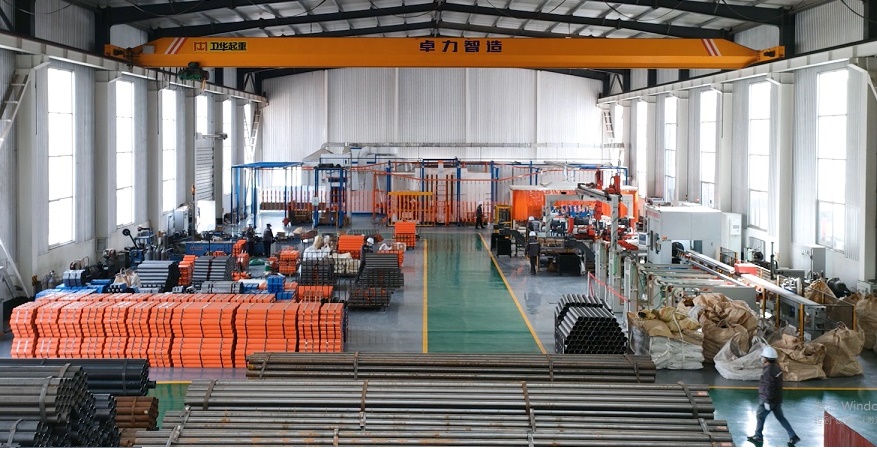
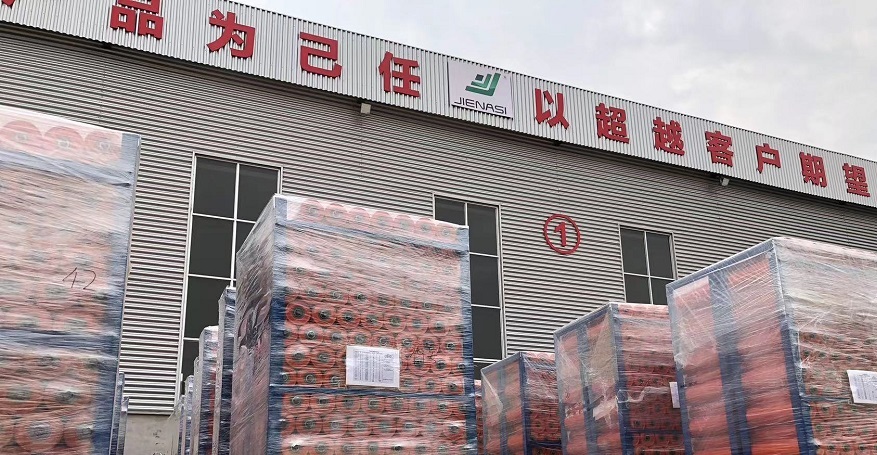
Contact: Export Department
Phone: +86 15097752737
Tel: +86 0312 5308005
Company: Baoding Zhuoli Machinery Co.,Ltd
Add: 3934 Tower3,Weilaishi building,Xiongan New Area.Baoding city,China